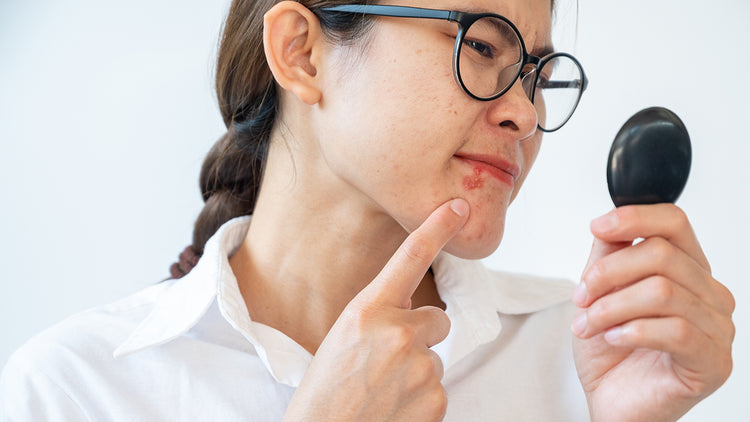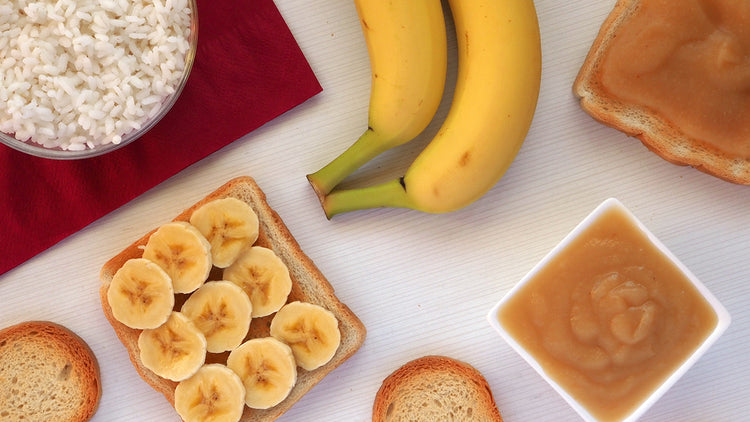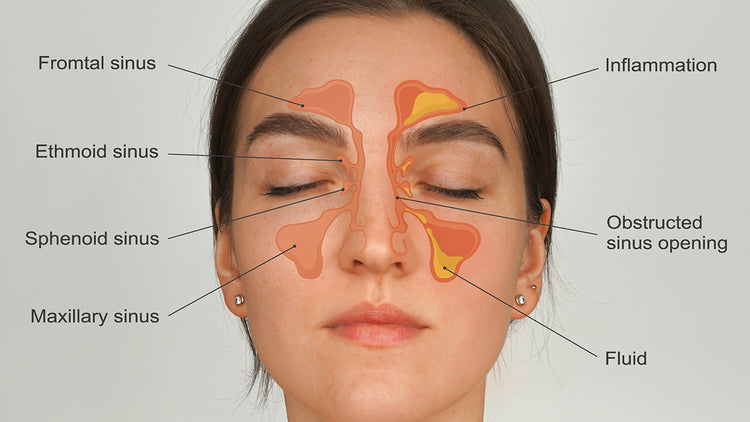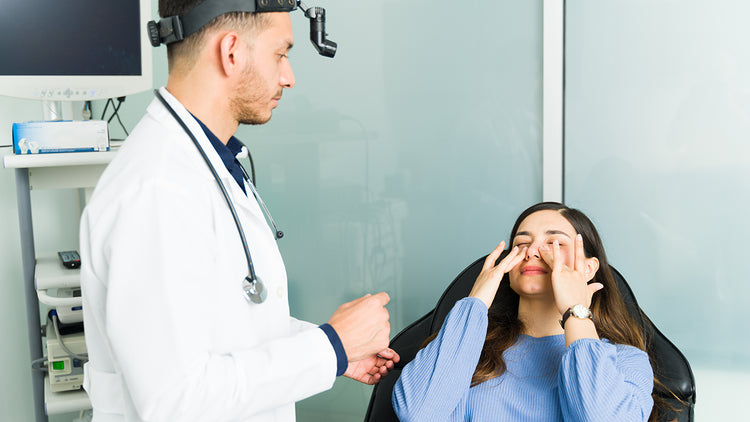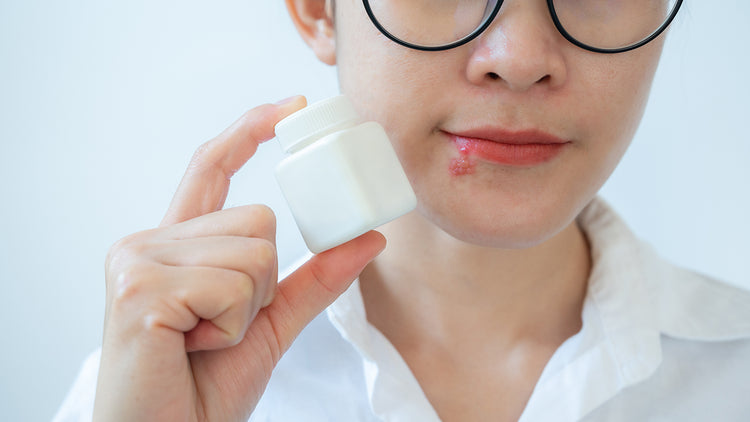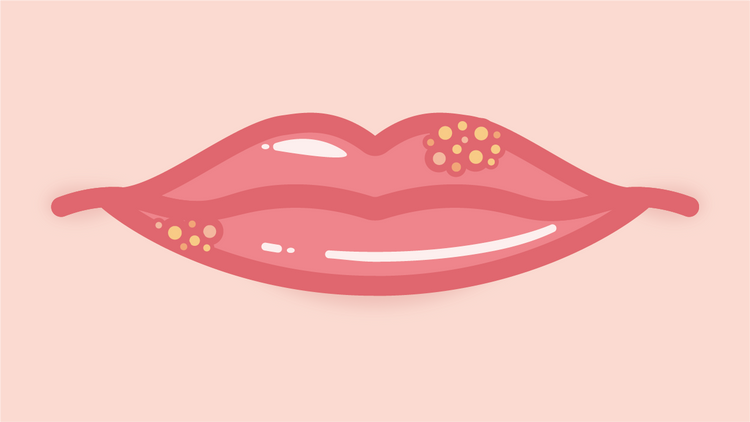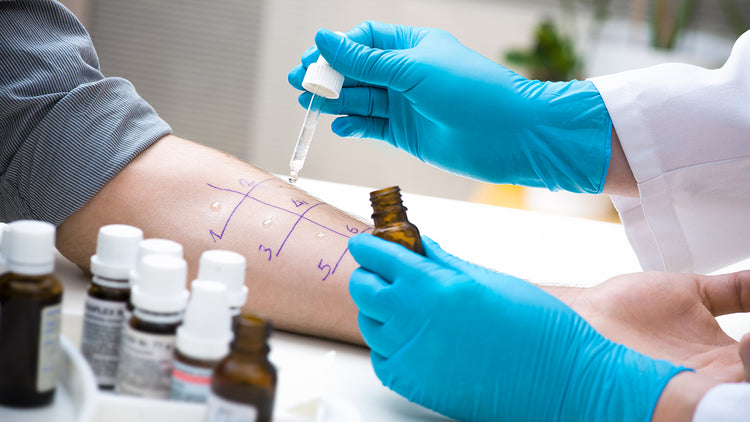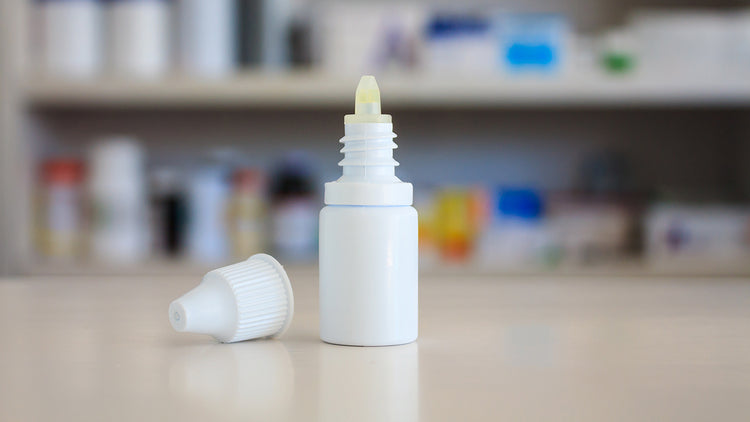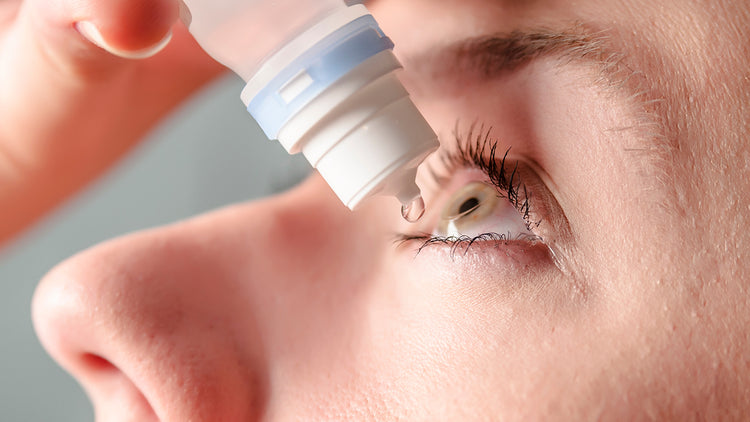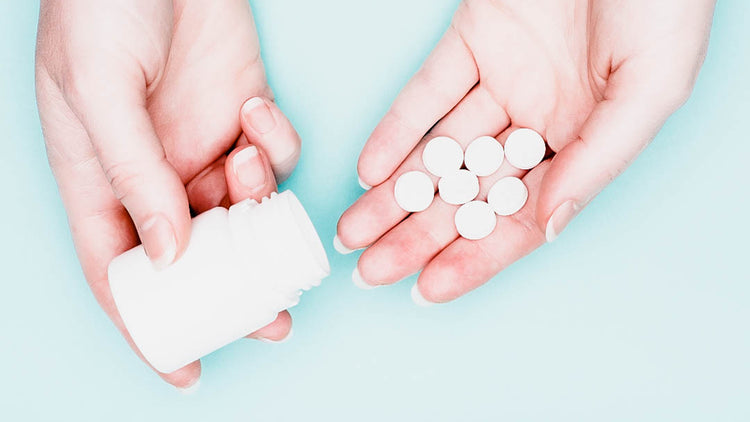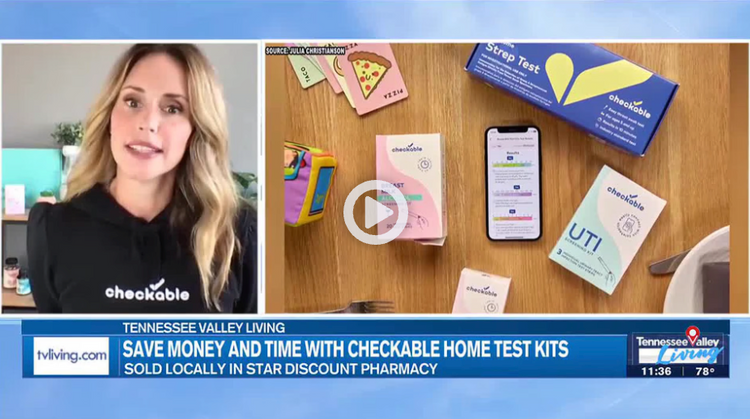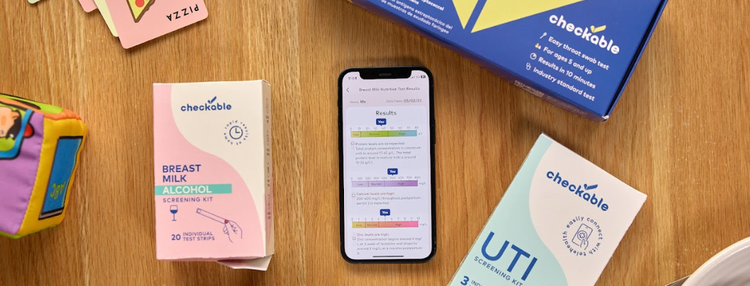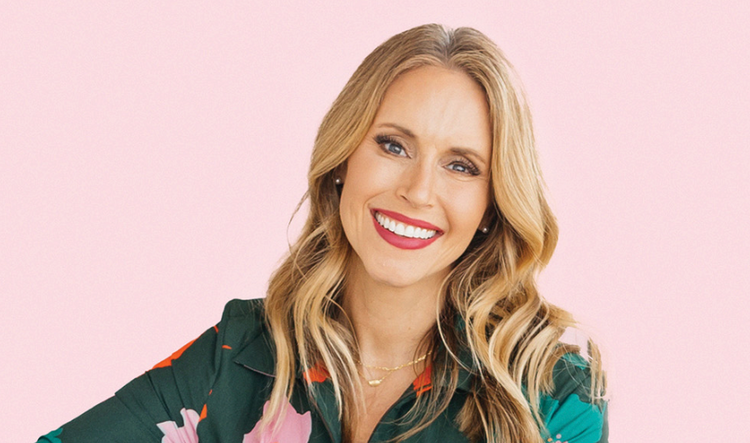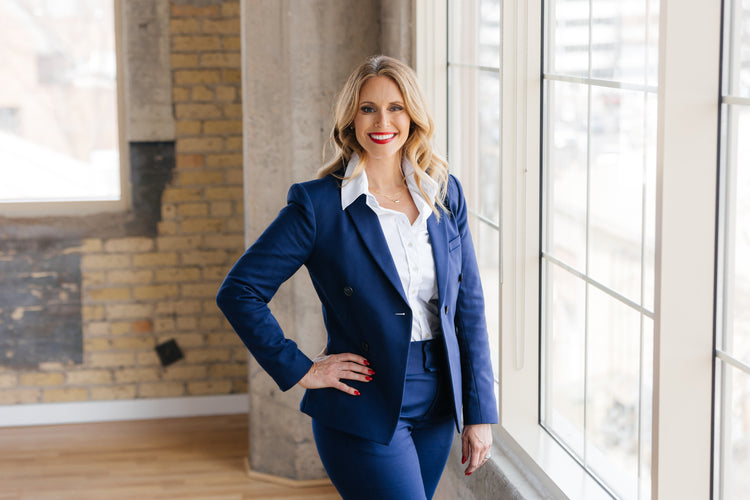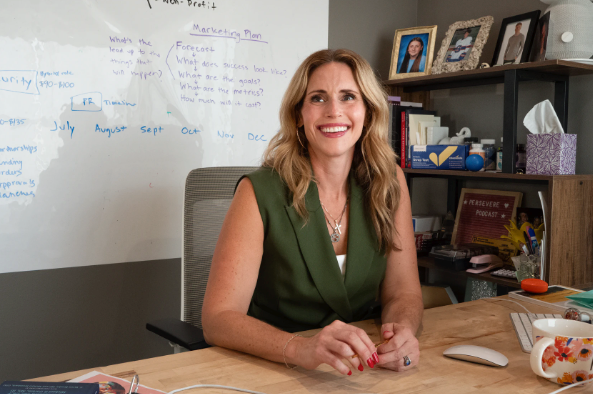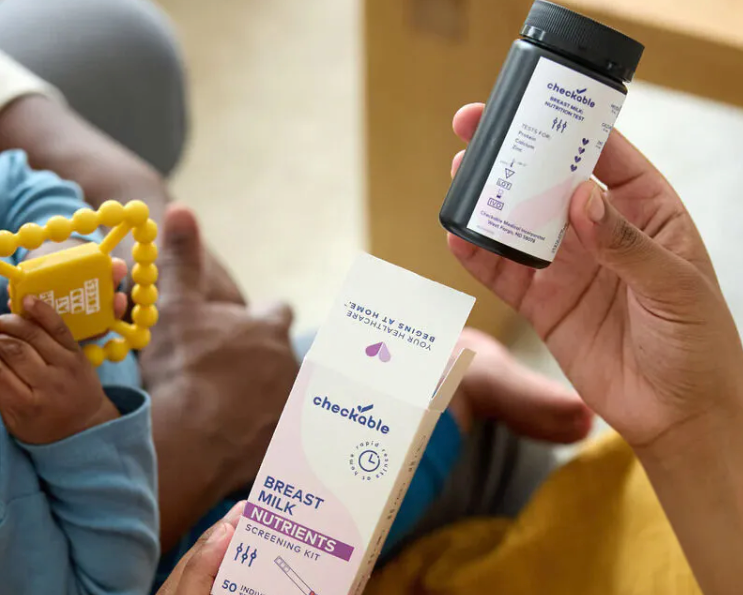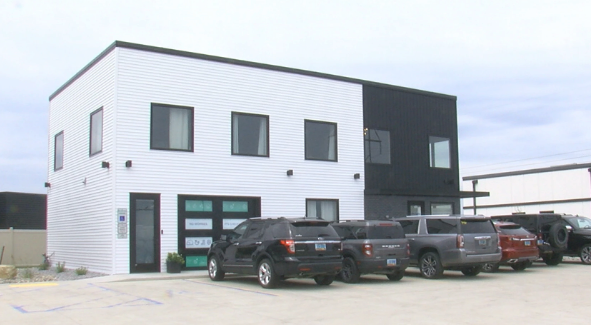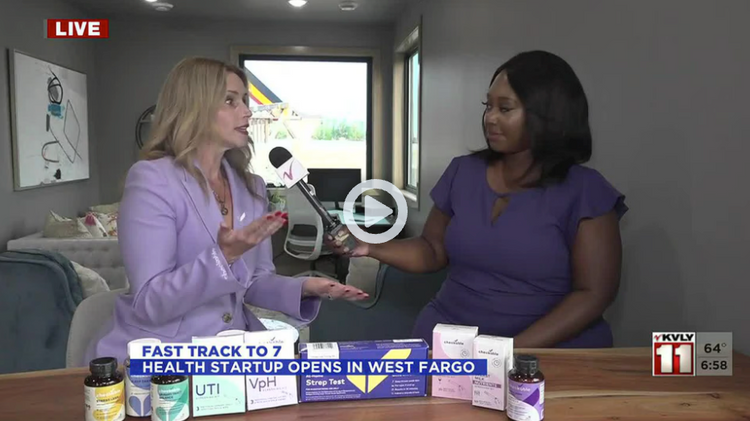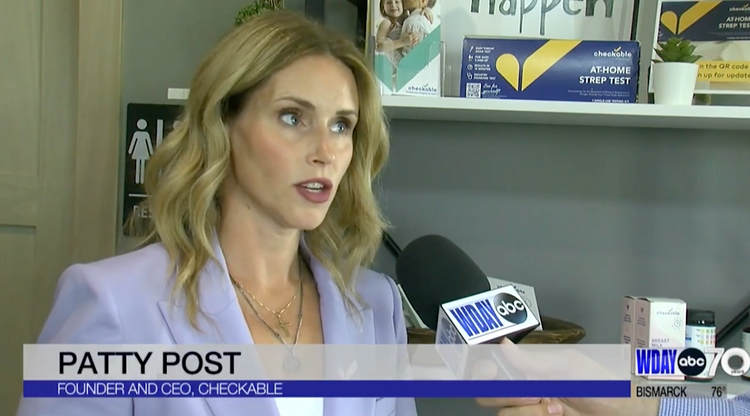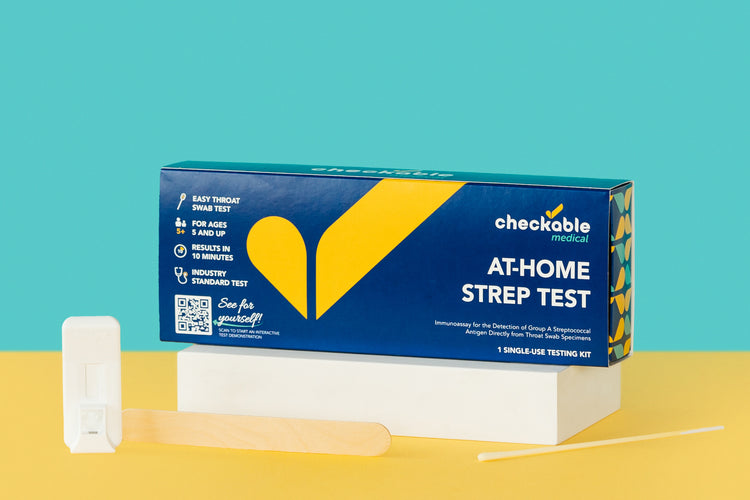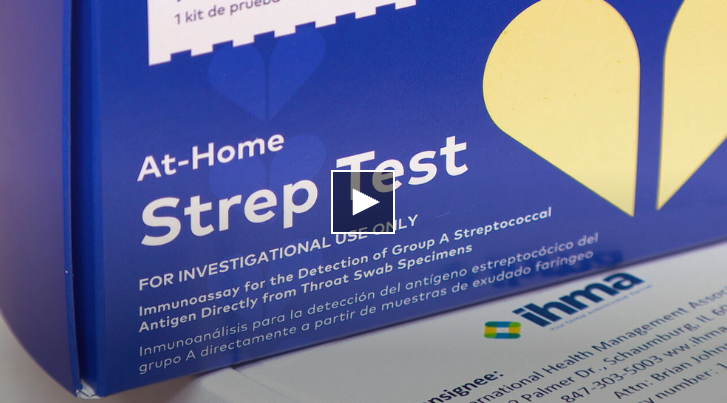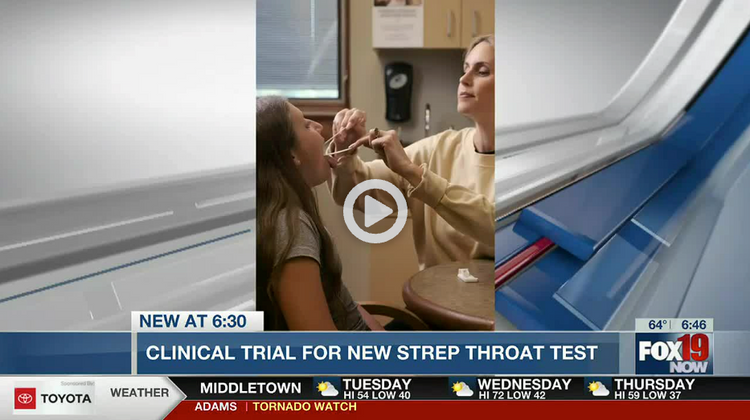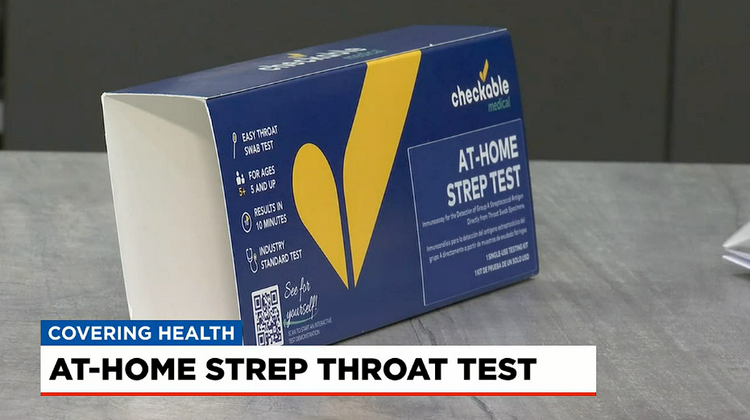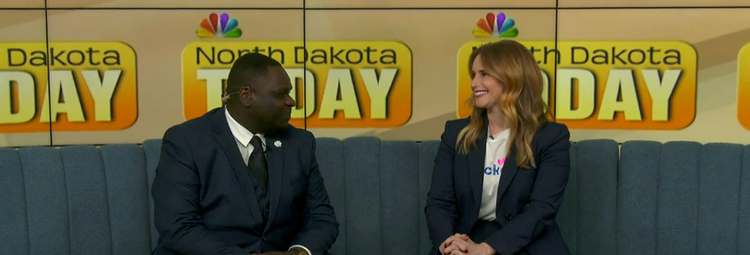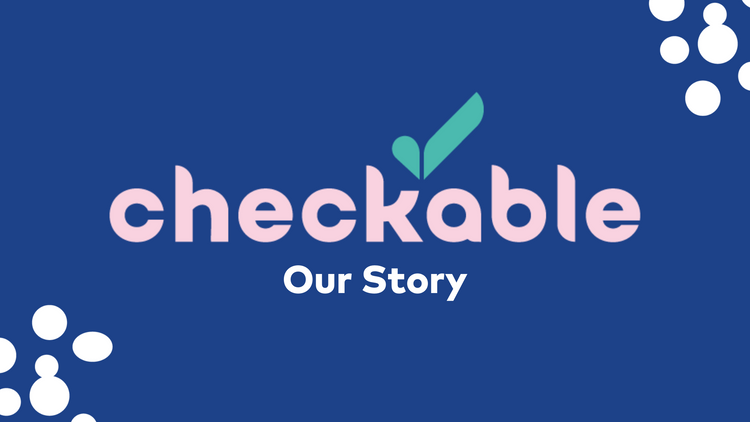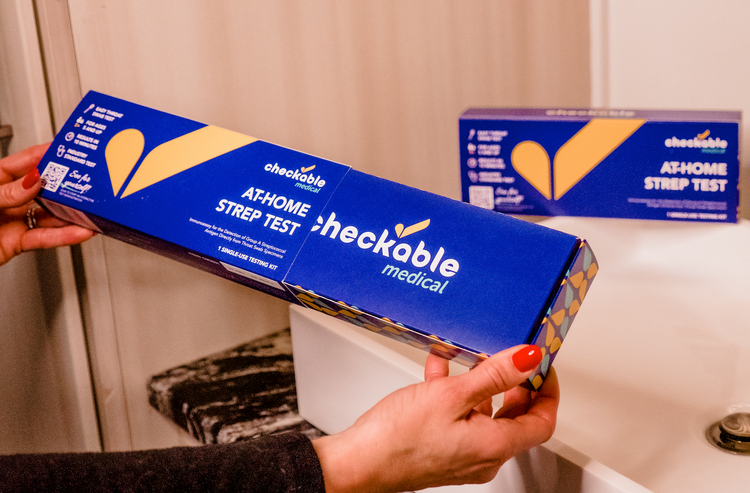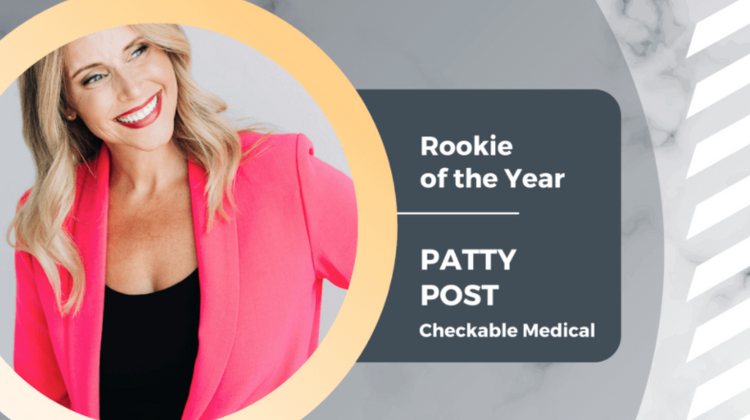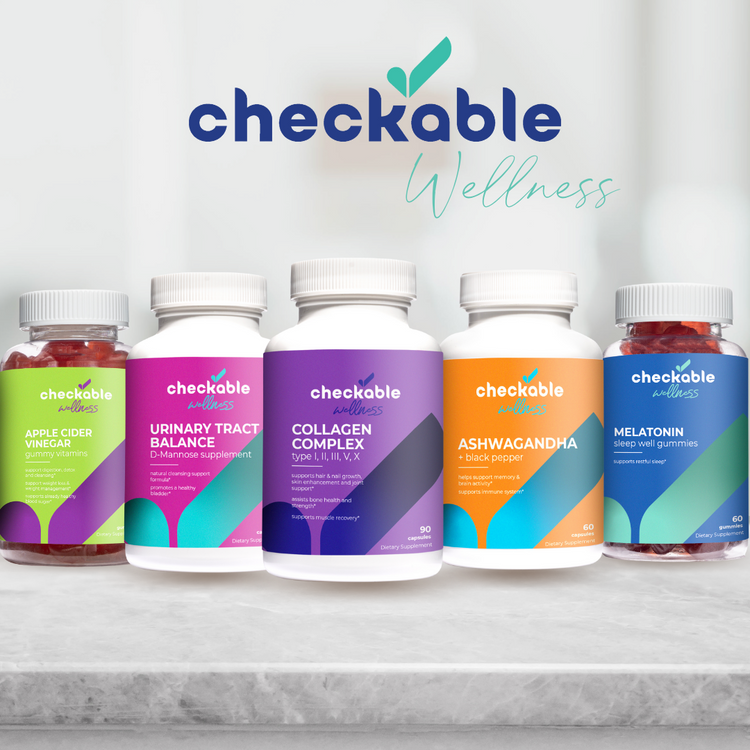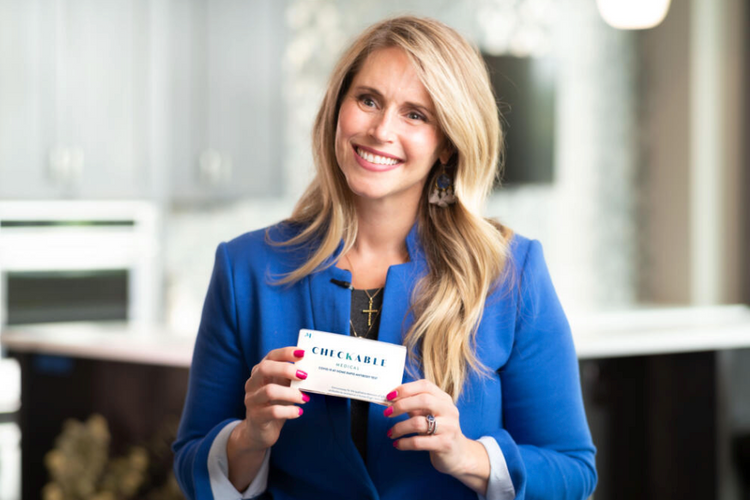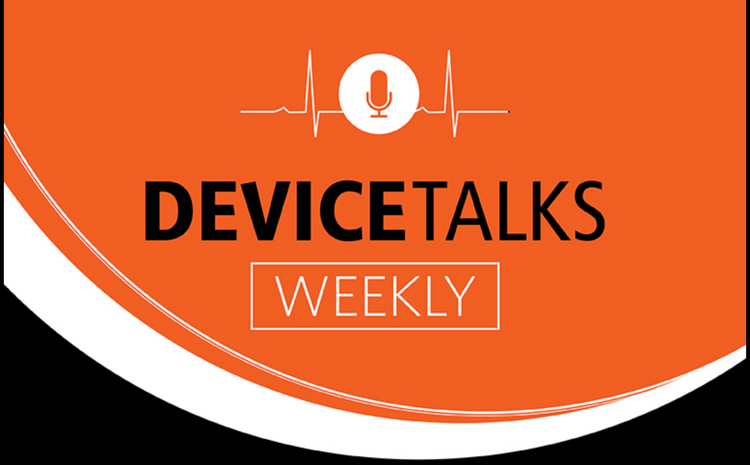
When it comes to problems with your pelvic floor and bladder leakage, especially postpartum, there are a lot of different aspects that can be overlooked, such as hidden costs. It can be easy to fall into a routine with your leakage, marking it off as “a part of life” and postponing finding treatment. However, doing so can exacerbate your pelvic floor health and make extra costs add up. We called in Dr. Angela Turnow, a corrective exercise specialist specializing in helping active moms stop bladder leakage postpartum, to our podcast to give us the inside scoop on the hidden costs of bladder leakage and how to prevent them.
Hidden Cost #1: Incontinence Hygiene Products
Simply putting on a pad to stay dry is temporary, easy, and one of the most common solutions to cope with leakage. But yes, you read that correctly. It is temporary. Plus, it costs a LOT. The average woman spends, on average, over $1,000 on pads and other products for bladder incontinence annually. Buying hygiene products for leakage might not seem like a big deal at first, but the yearly costs start to add up, and symptoms can get worse if only temporary solutions are used.
Hidden Cost #2: Relieving Extra Symptoms
When active moms stop being active, it’s common to experience other negative symptoms as a result, such as sleep loss, brain fog, and fatigue. In situations like these, many women try to alleviate extra symptoms with items such as caffeine and medication, but this can also put stress on your wallet.
Hidden Cost #3: Additional Appointments or Surgeries
When your body isn’t working well together, you can feel tight and have pain, leading to extra appointments with chiropractors or massage therapists to get relief, which can add up quickly. Surgeries can also make their way into potential payments, such as bladder sling surgery, the most common procedure performed to treat incontinence.
Most of these hidden costs are temporary solutions that act as a band-aid for the problem for a short period of time. Angela told us that the best solution is learning how to get your body to work together comfortably with a doctor so you can start to rehab yourself and work through your setbacks faster without having to go back to appointments regularly continuously. Having a medical professional teach you how to manage your own aches and pains and to build up to a point where you can begin rehabbing on your own will ultimately save you money and your bladder.
To learn more about the pelvic floor, bladder leakage, and Dr. Angela Turnow’s work, listen to the full podcast episode here!
Life is too short to sit in a doctor’s office
Sign up for our weekly newsletter and get valuable healthcare tips and tricks in your inbox!
Sign up now and unsubscribe anytime.
- Choosing a selection results in a full page refresh.
- Press the space key then arrow keys to make a selection.











